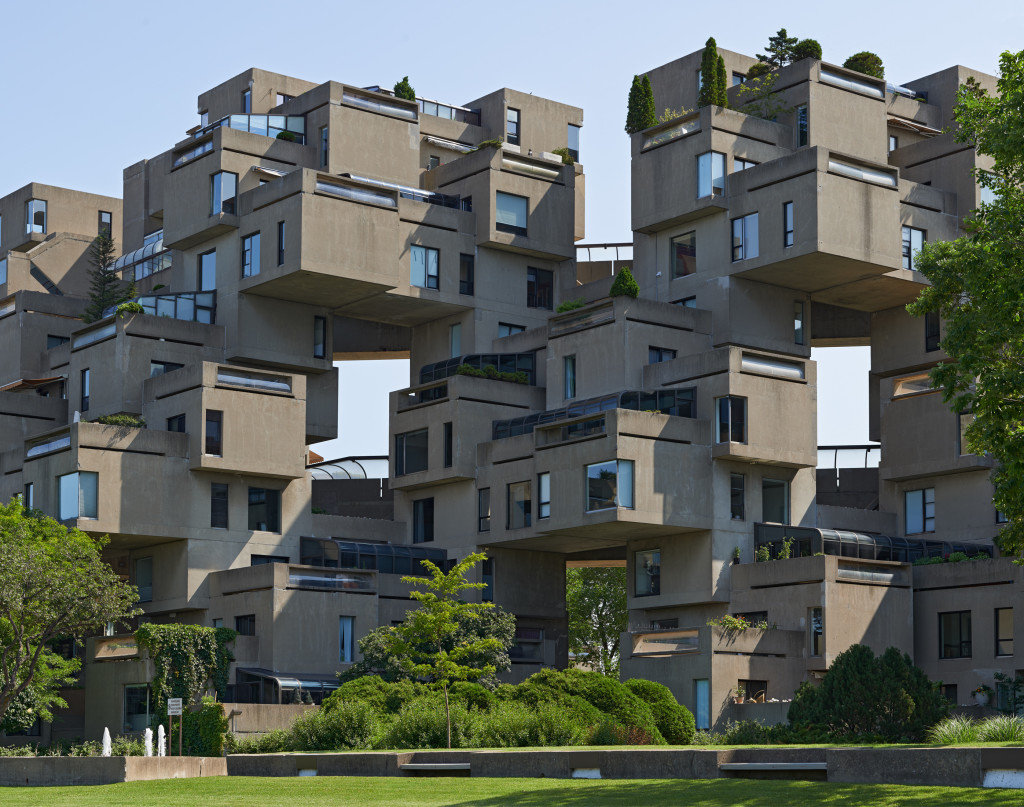
Habitat 67: Montreal, Canada. Moshe Sadie, 1967
Cold-hearted, inhuman, monstrous: there is hardly a more controversial architectural style than Brutalism. The term stems from the French word beton brut coined by Swiss architect Le Corbusier to describe his choice of raw concrete for its raw and unpretentious honesty.
Brutalism gained momentum in the 1960s for pre-fabricated, low-cost housing, shopping centres and government buildings, and had a strong position in the architecture of European communist countries. This architectural style, sometimes also referred to as bunker architecture is almost universally considered as ugly. Urban decay due to the poor ageing of steel-reinforced concrete, and the surfaces being prone to graffiti, has not helped in this perception.
And yet, these minimalistic interactions of patterns, light, and form have a potential to lead to powerful images. It’s all about leading lines and details, accentuated by focal lengths in the ranges of 14-18 mm and 130-200 mm.
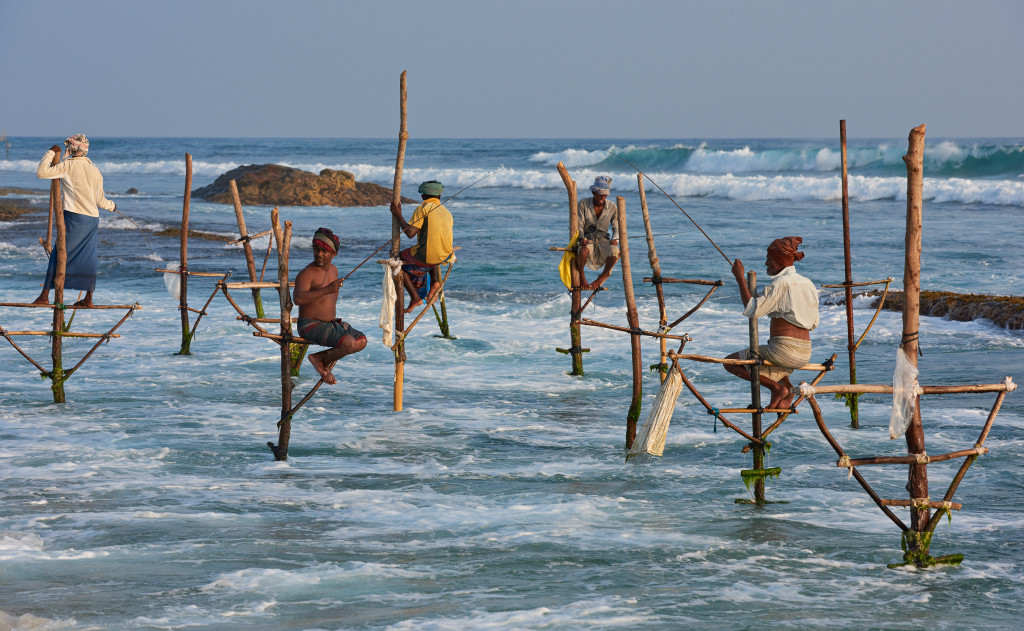
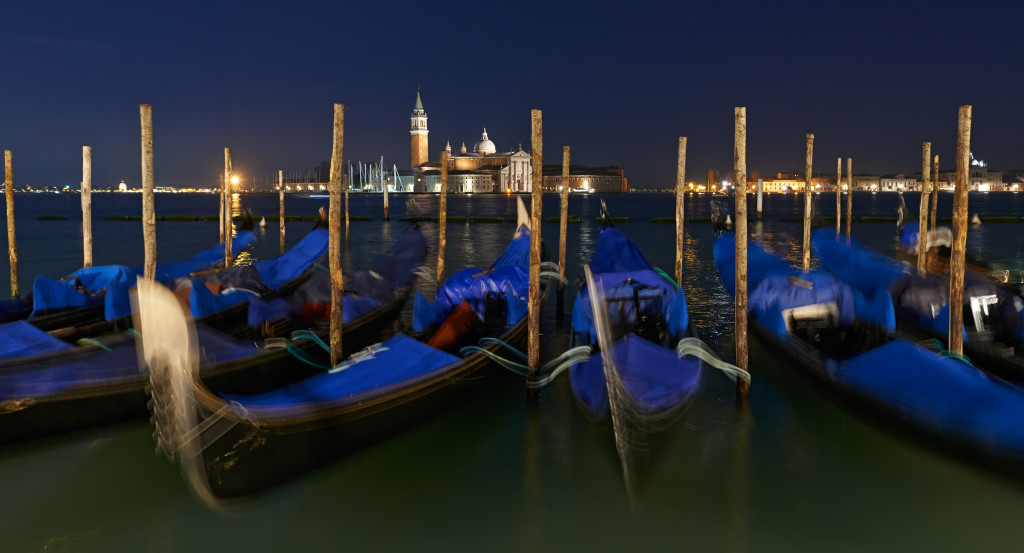
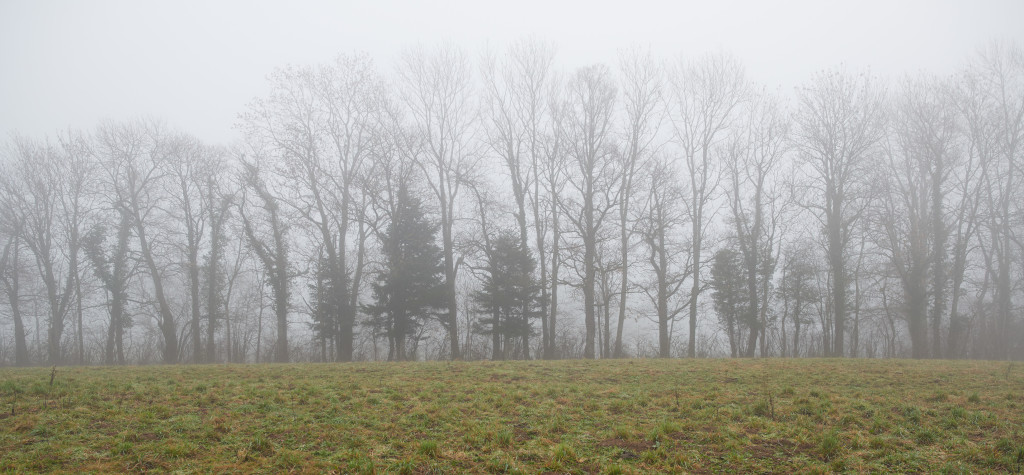
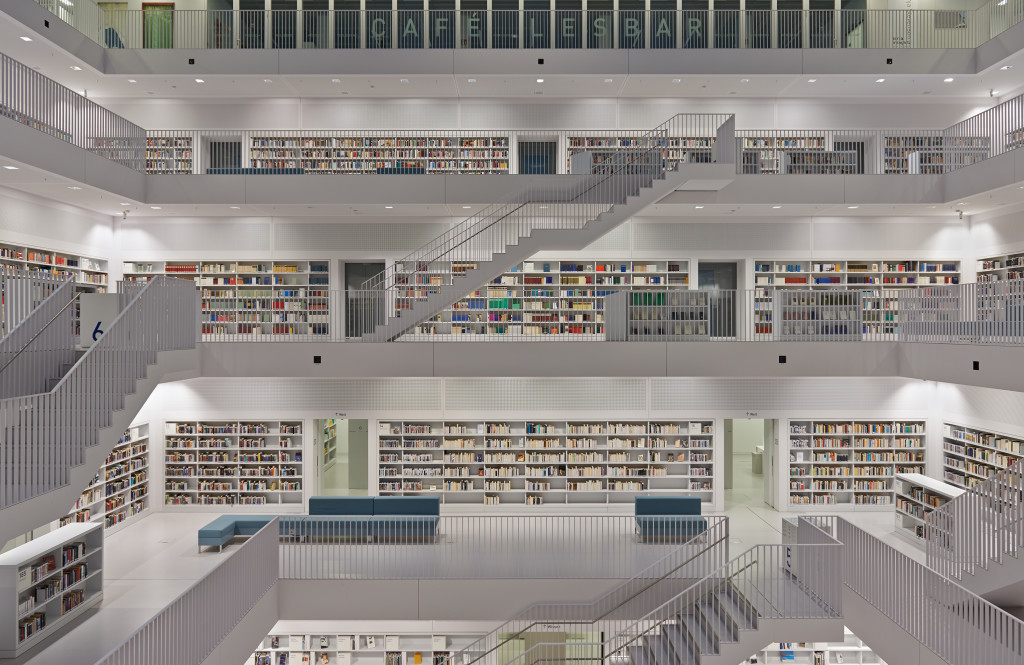
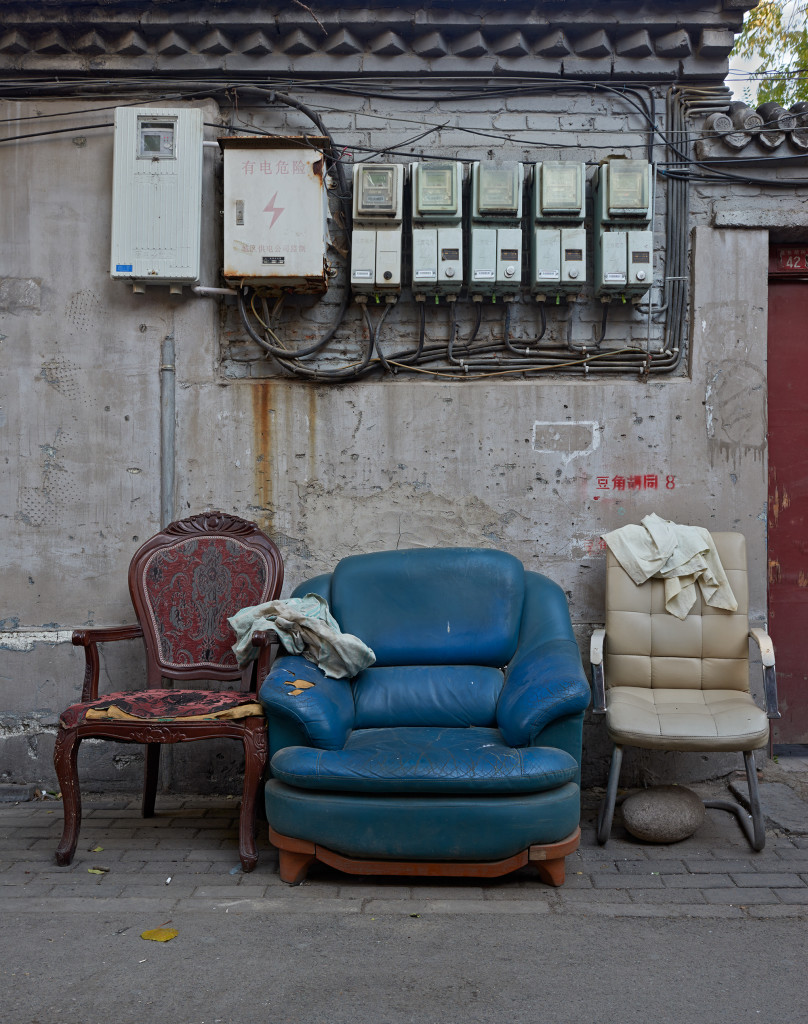
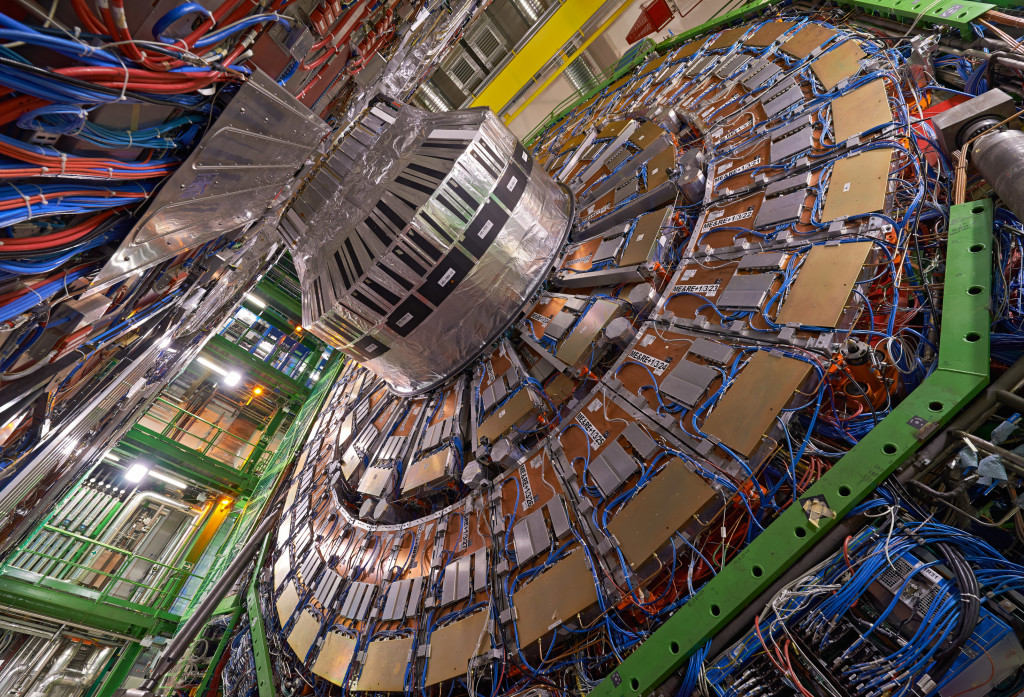
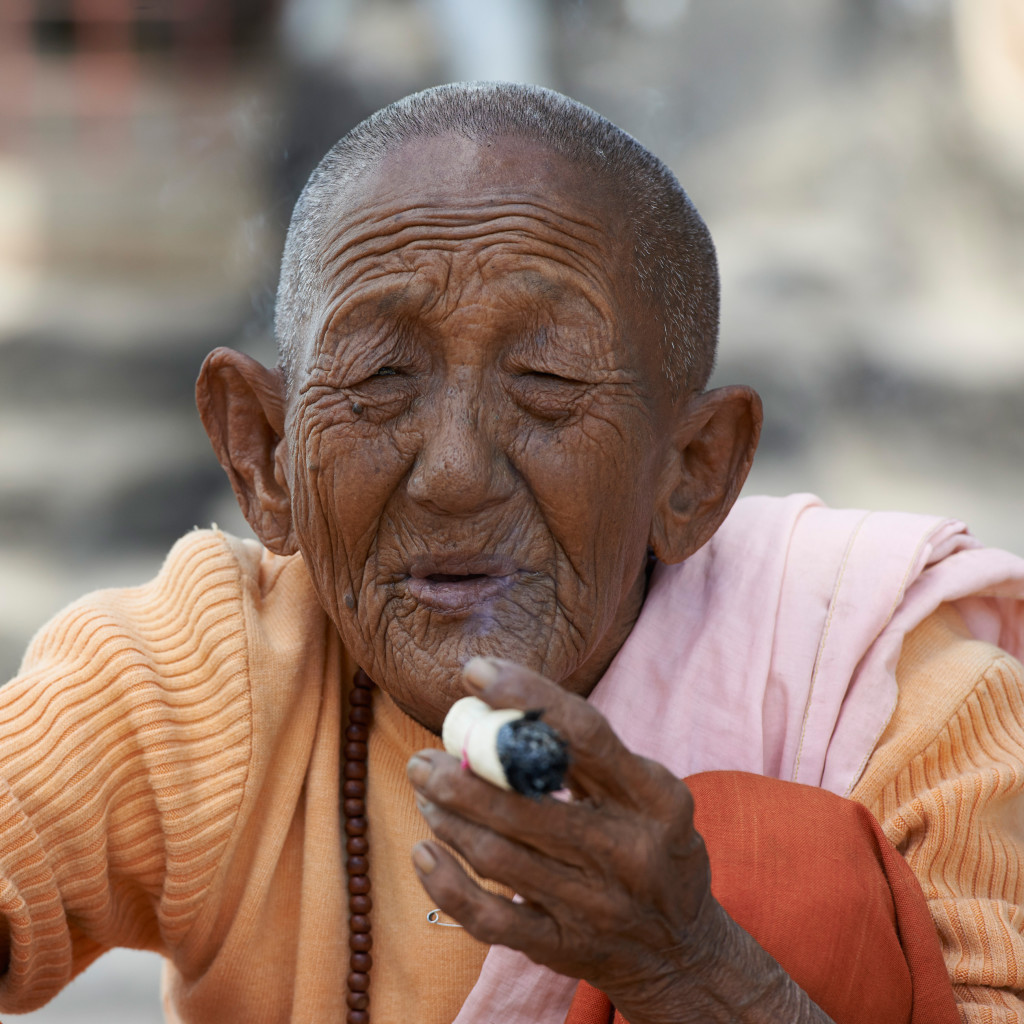
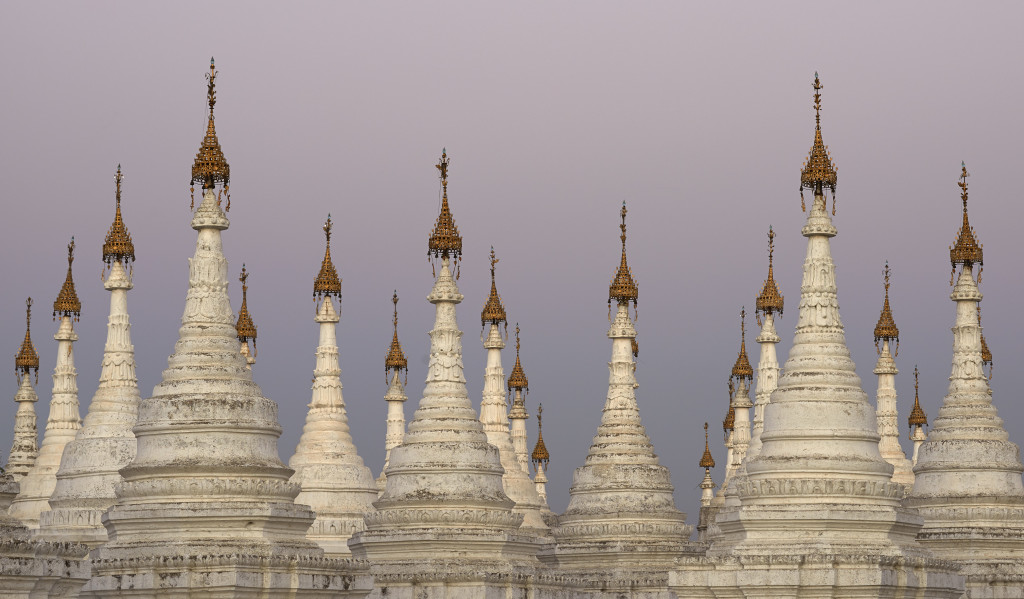
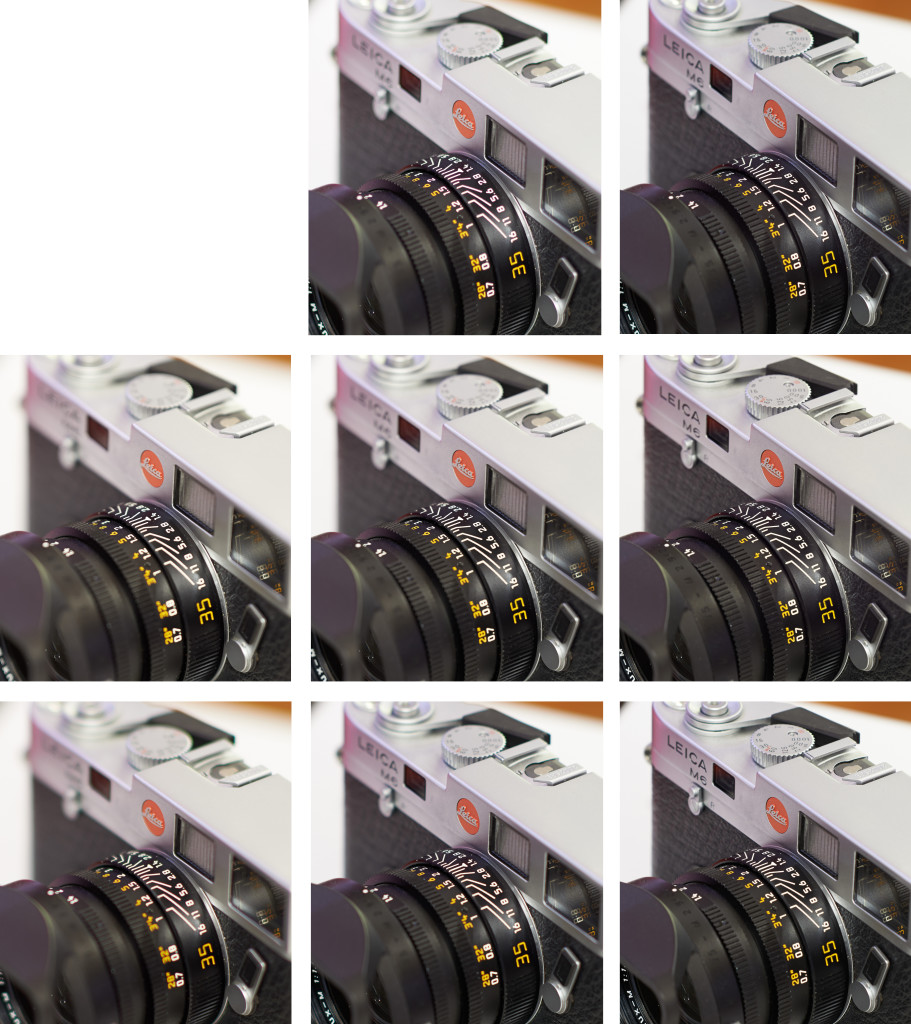
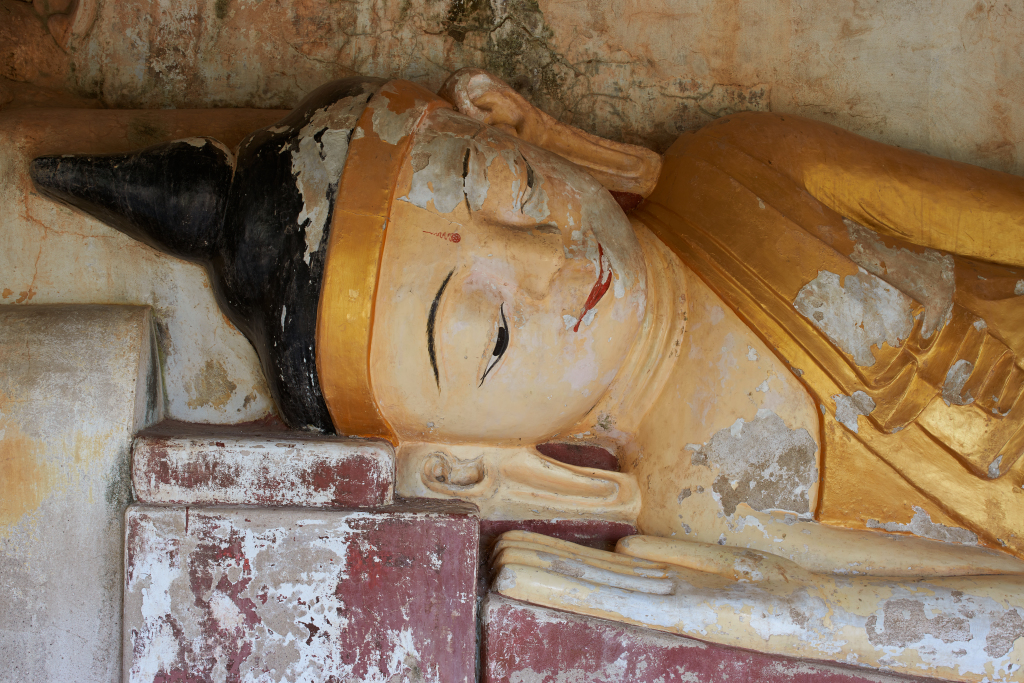
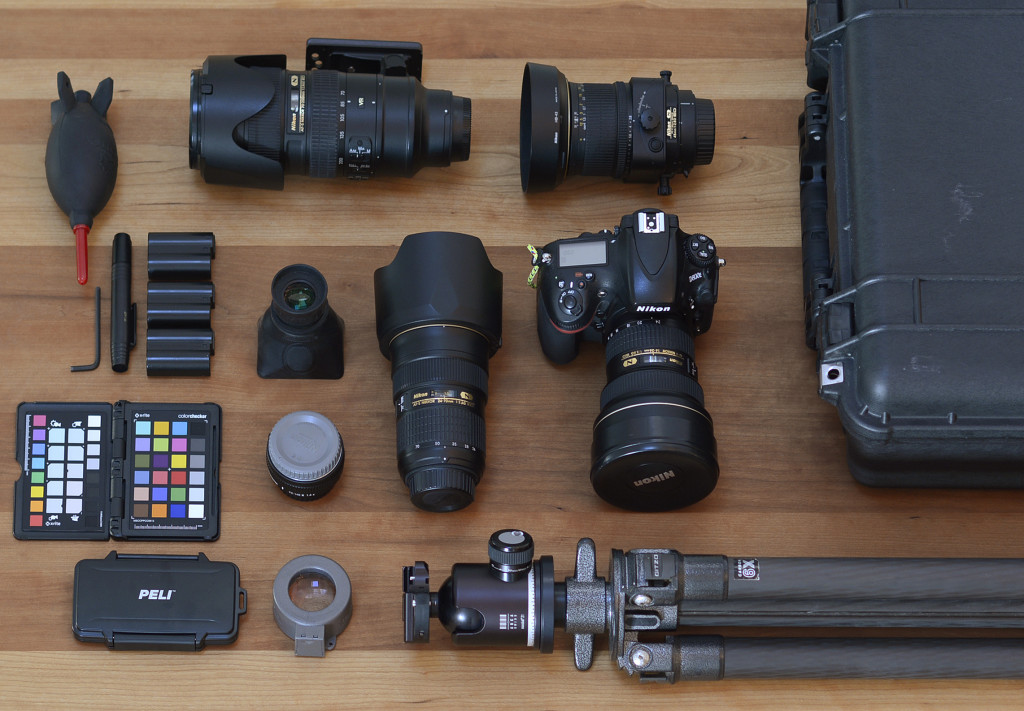
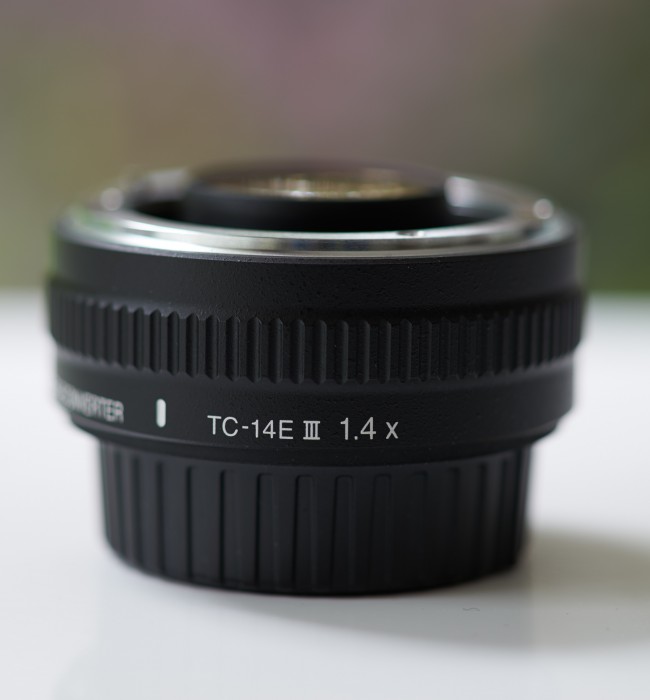

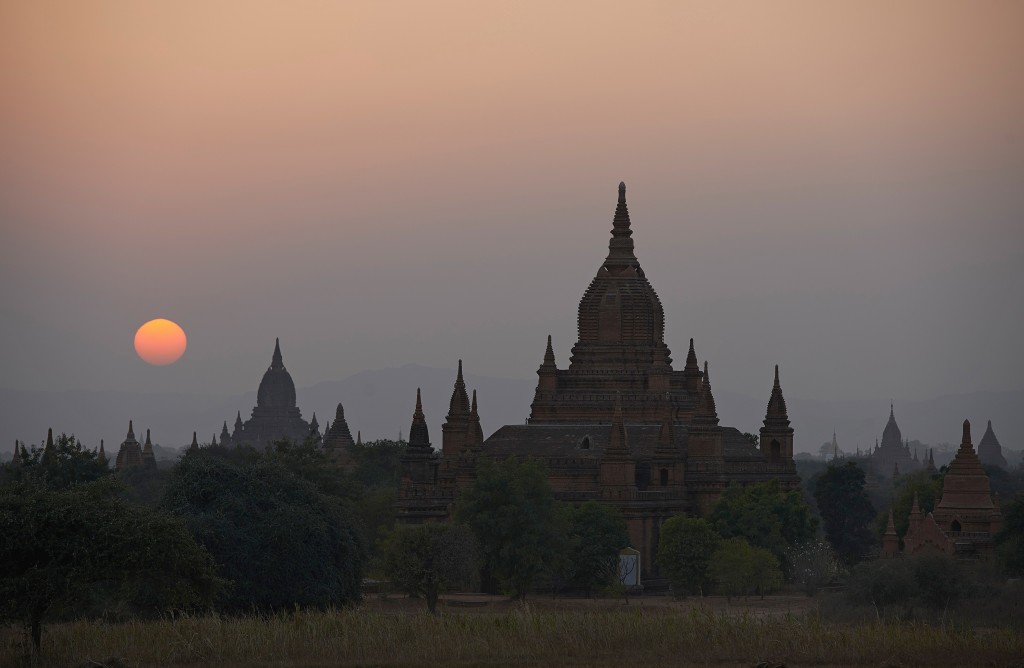
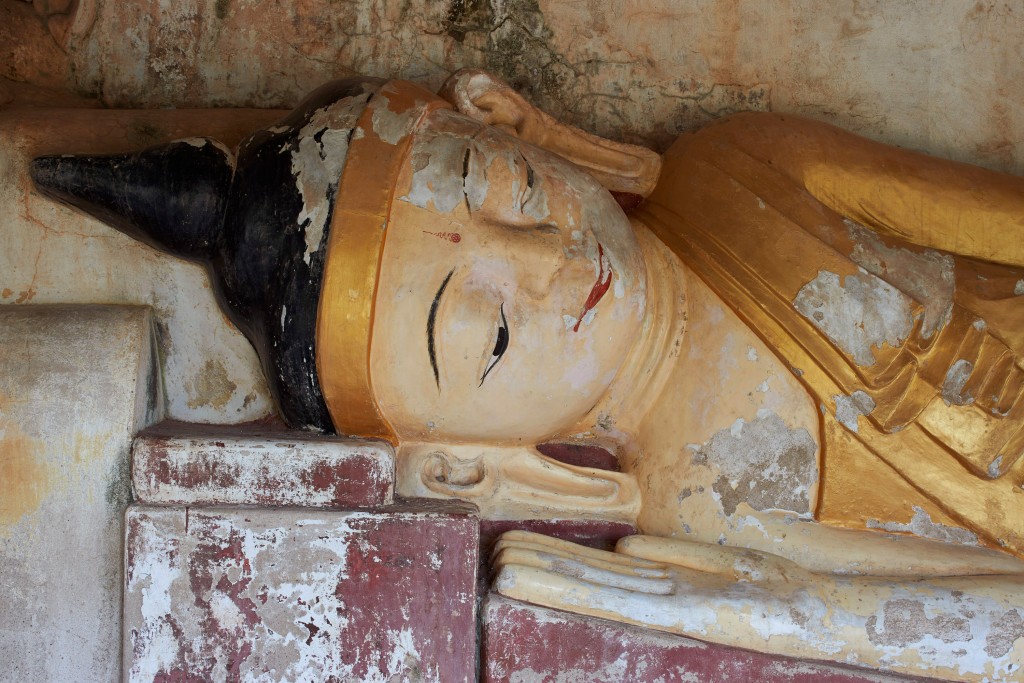
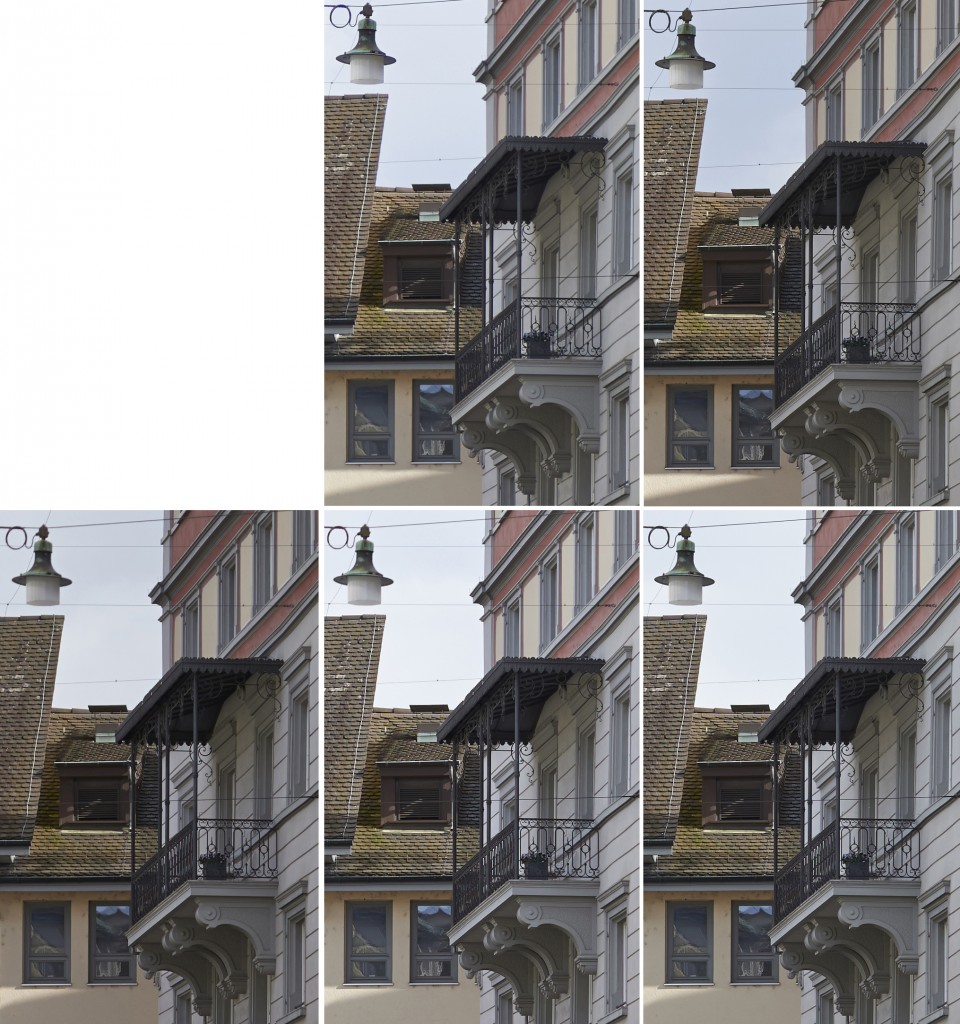
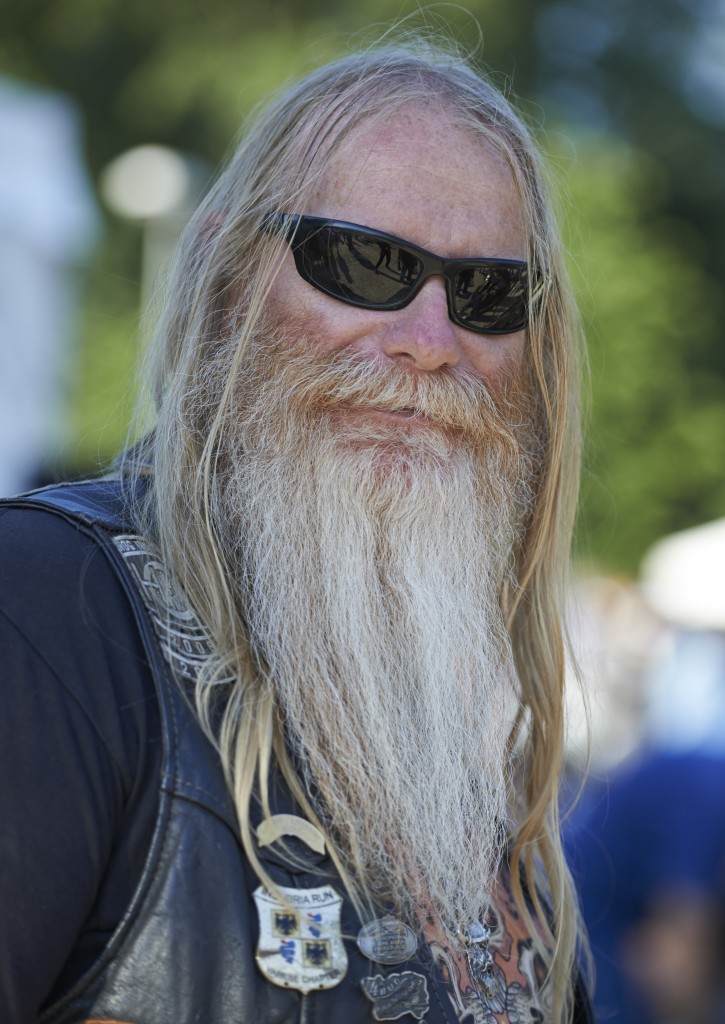 I am not much of a street and event photographer. Back in the film days I shot a wedding when, in the middle of the ceremony, the shutter of my Nikon F3 released instantaneously upon winding the film-advance lever. Fortunately I had brought my large format camera, which then served for the official photos but was obviously useless in the church.
I am not much of a street and event photographer. Back in the film days I shot a wedding when, in the middle of the ceremony, the shutter of my Nikon F3 released instantaneously upon winding the film-advance lever. Fortunately I had brought my large format camera, which then served for the official photos but was obviously useless in the church.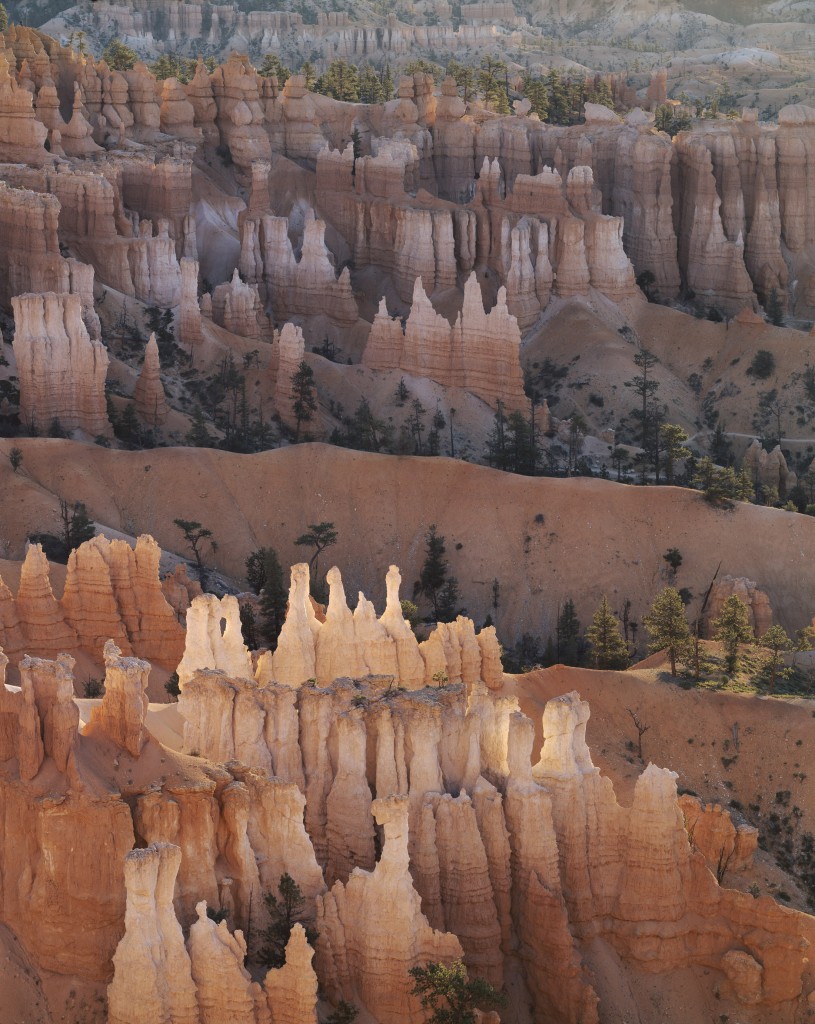
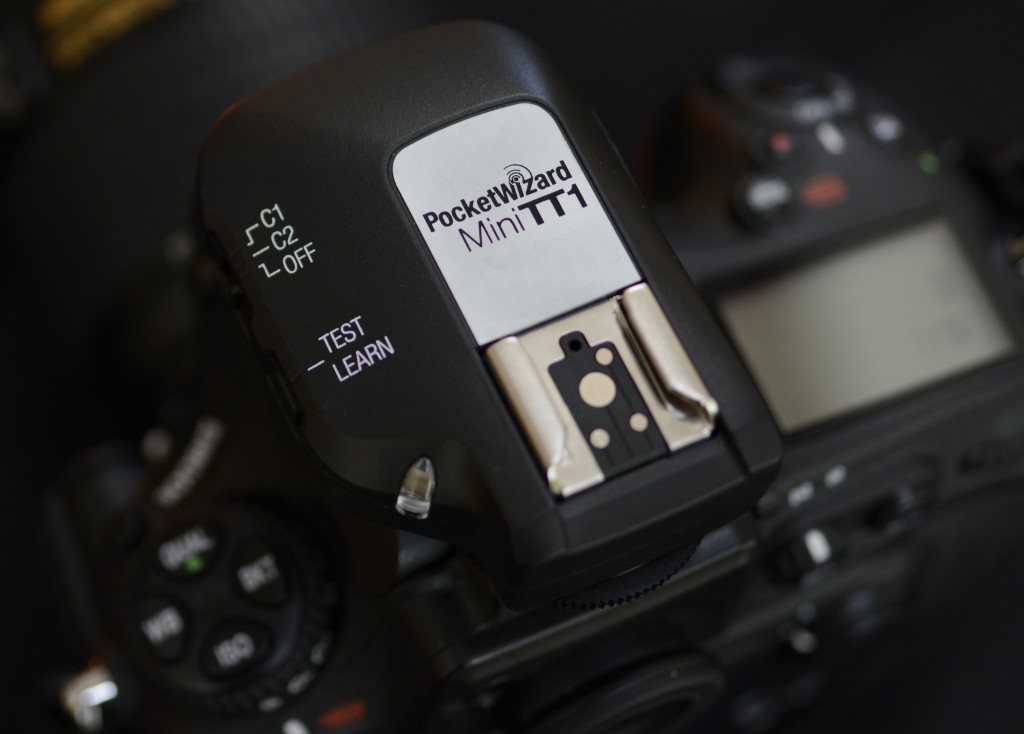 I still remember flashbulbs, flashcubes, and the early, all manual electronic flashes. Using these often resulted in the photographer’s question: did it trigger? And even if, the flashlight often made us look like white ghosts or dark shadows against the wall. At a given film speed and flash guide number (the maximum amount of light that the flash is able to burst off) the estimated flash-to-subject distance and the aperture were the only means of regulating the flash exposure.
I still remember flashbulbs, flashcubes, and the early, all manual electronic flashes. Using these often resulted in the photographer’s question: did it trigger? And even if, the flashlight often made us look like white ghosts or dark shadows against the wall. At a given film speed and flash guide number (the maximum amount of light that the flash is able to burst off) the estimated flash-to-subject distance and the aperture were the only means of regulating the flash exposure.